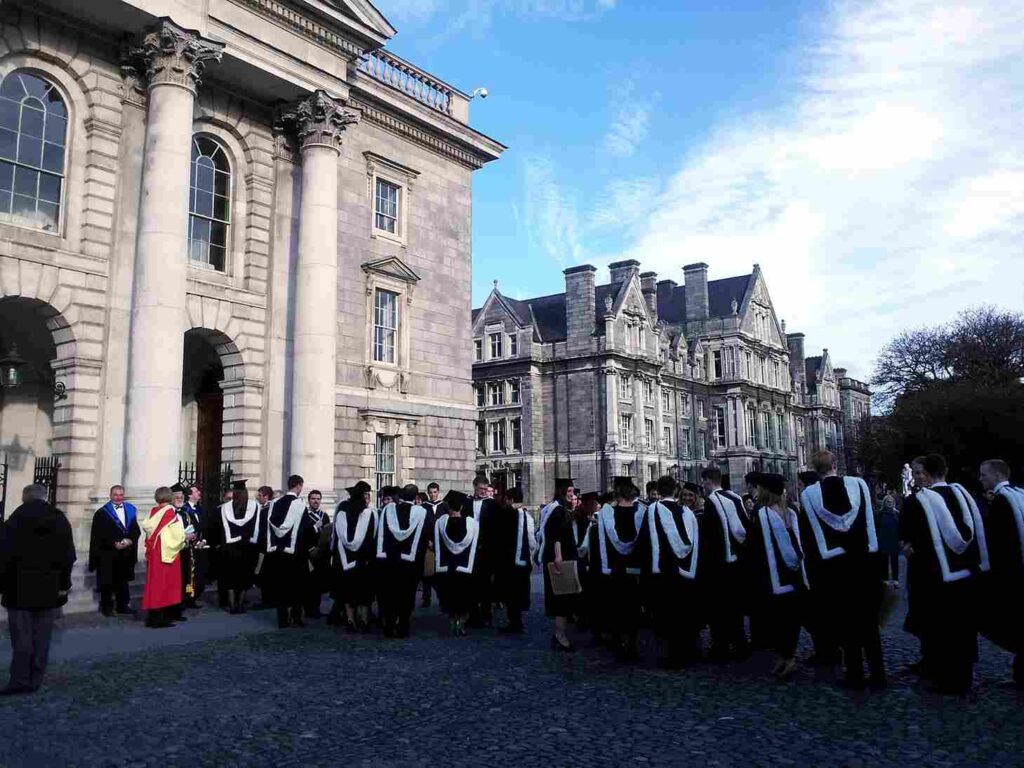
One of the first decisions landlords need to make is what type of tenants they wish to let to. Families and young professionals are both viable choices, but with 2.3 million students in higher education institutions in the UK, it makes sense to consider letting your rental properties to the student population. Student properties are becoming increasingly popular with landlords anxious to maximise their gains in a tricky market.
There are 106 universities in the UK, in addition to smaller colleges and private institutions. In popular university cities such as Cambridge, Edinburgh, Manchester, and Glasgow, there are thousands of students searching for accommodation. Although most students live in university halls of residence in their first year, it is customary to move into private rentals in subsequent years. This represents an excellent business opportunity for landlords looking to move into the sector.
Why Let to Students?
There are several reasons why student lets are perennially appealing to landlords.
Demand for student accommodation is always strong. Despite the high cost of further education, young people are still applying to university in the hope of earning a degree. This situation is unlikely to change anytime soon.
Rental yields outperform most other sectors. Student landlords in Durham can expect rental yields of 11.53%. Warwick isn’t far behind with yields of 10.25%, and in third place, Manchester offers returns of 8.48%. This is much higher than the average UK rental yield of around 3.6%.
Void periods are minimal. One of the biggest headaches that landlords face is when they have an empty property. This can happen at any time with traditional lets, but student tenants typically want to rent a property for a full academic year. This means you have a guaranteed income, usually payable up front, for a full 12 months.
How to Find the Right Property
Students prefer to live close to their university campus and within easy reach of shops, bars, takeaways, and transport links. Any property within a 30-minute walk of campus will attract students, but the closer the better.
Look for properties in established areas popular with students. It makes it easier to find tenants. Target properties with a minimum of three bedrooms. Ideally, the property should have a communal living room, a decent sized kitchen, and more than one toilet. A garden is another selling point.
Older properties tend to be attractive to student landlords, as rooms are larger and there is often a second reception room that can be converted into a bedroom but beware of problems like damp and electrical issues.
The Homes (Fit for Human Habitation) Act came into effect on 20 March this year. Tenants have legal redress if landlords don’t deal with major issues such as mould and damp.
Factor in the cost of an HMO licence if applicable. This can be a significant expense on top of everything else. There is also more red-tape involved.
Marketing to Students
Marketing to students is no different from marketing to any other type of tenant. The usual strategies like advertising your properties via property letting websites such as Zoopla will work. If you work with a local letting agent, ask whether they have a relationship with the university. This can be enormously helpful in securing new tenants.
It’s a good idea to try and get your properties listed with the university. They are often the first place many new students try when they need accommodation.
Social media advertising is great for attracting student tenants. List your properties on local Facebook groups and include plenty of high-quality photos to attract interest. Encourage students to share your ads with their friends and provide recommendations for the next academic year.
Don’t underestimate the power of word of mouth advertising. Each successive batch of students will pass on your details if they have had a good experience. If you manage your properties properly, you should end up with a steady stream of new tenants each academic year. This could save you a lot of time and legwork.
Essential Items for Student Accommodation
Students expect good broadband at a minimum, for the most part this is essential to their studies. They will expect fully furnished properties as most of them will be living away from home for the first time and won’t have furniture of their own.
When letting to students, provide a bed, chest of drawers, wardrobe, desk and chair, and a lamp in each bedroom. Living rooms need a sofa and perhaps a coffee table. The kitchen should have a fridge-freezer, washing machine, oven and hob.
You will also need to provide a vacuum cleaner and any other cleaning tools that might be needed.
Fit curtains/blinds to windows and choose hard-wearing flooring such as laminate. Cheap carpets are a false economy. They soon look terrible and are prone to stains.
Look for sturdy furniture rather than stylish flat-pack items from Ikea. Otherwise, you will have to keep replacing items. If you elect to buy a second-hand sofa, make sure it is fire-rated.
Protecting Your Rental Income
It is customary to ask for a guarantor when letting to students. Since students have no income, their parent, guardian, or another responsible adult should be tasked as a guarantor for the rent, just in case the student tenant fails to pay or causes significant damage to the property.
The Drawbacks of Letting to Students
There are a number of issues specific to student lets that need addressing. Simply put, renting to students is not all plain sailing!
Student properties suffer more wear and tear than most properties. This can be for a number of reasons but mostly as students tend to be more social and invite more guests around than in more common lets.
Students living away from home for the first time may need a bit more input than normal tenants. They may need help understanding bills, learning how to use appliances in the property and are more prone to losing keys etc.
Students may drop out of their course mid-year, which can leave you with a void in your property. Student landlords often use a joint tenancy, so all the occupants share in the cost of renting the property. So, if one student leaves early, the others are responsible for paying the extra rent and finding a new tenant.
In some towns and cities, there is a glut of student properties, so students have their pick of what’s available. Unless you have something unique to offer when you invest in a popular area, it may be hard to fill every room in the property.
Investing in student properties can be a smart move for many landlords but be careful to consider the drawbacks before you make that leap.
We hope we have given you food for thought on the subject of student lets. Let us know if we have missed anything!



